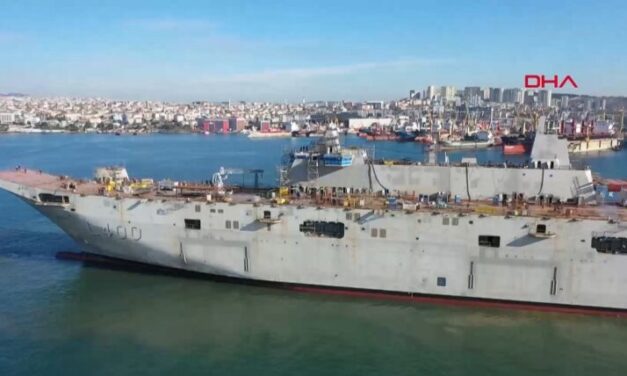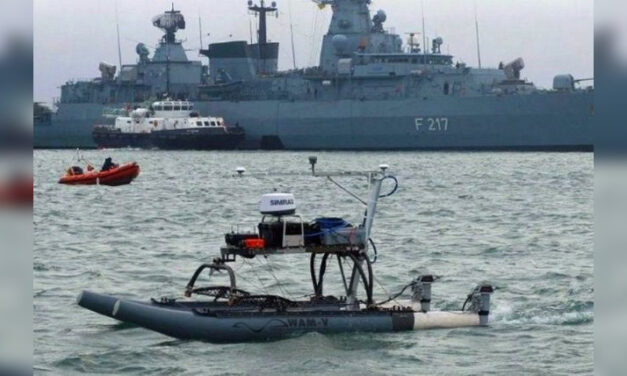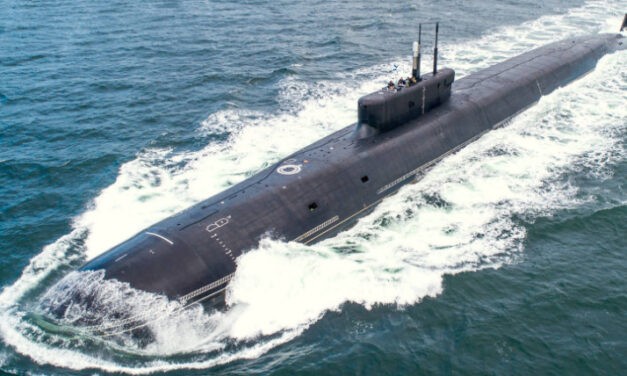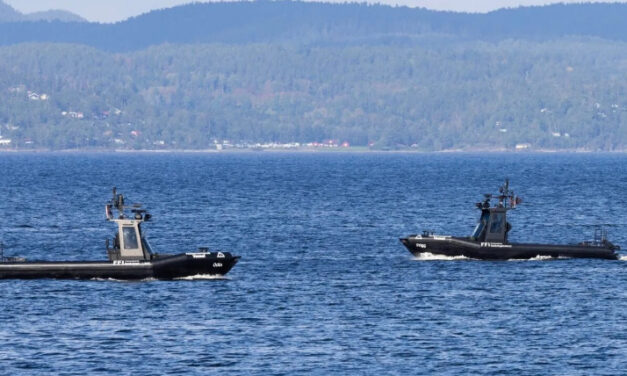Turkey: Second Anadolu-class landing/drone carrier planned
The dock landing ship ANADOLU - a copy of the Spanish helicopter landing ship JUAN CARLOS I adapted to national requirements - has barely entered service when the Turkish Navy is already negotiating the construction of a second unit with the Spanish state-owned shipyard consortium Navantia. In line with technological progress, it is also to be built according to the plans and with essential supplies from Spain, but again nationally at Turkish shipyards in south-east Istanbul. The Turkish side is always talking about an aircraft carrier. This could have been the case if Turkey had not secured the approval of the USA by flirting with Russian-designed air defence systems.
Read More






Recent Comments